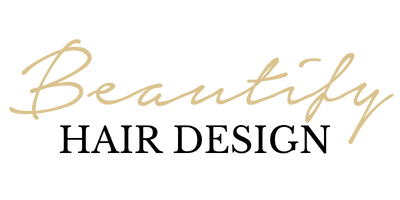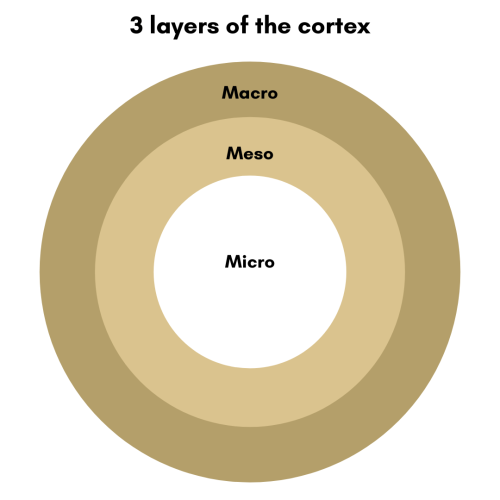

And regain your confidence
Is your dry, damaged hair getting you down?
When your hair doesn’t feel good, you just don’t feel good… do you?
It can make you feel downright….gross!!!!
You decided to see a new hairdresser, or maybe you’ve been seeing the same hair stylist for a while now, and you’re still not getting the results you’re longing for.
Your hair may have felt good at the hair salon, but when you’ve shampooed your hair for the first time at home, it just doesn’t feel the same.. Or possibly your hair feels worse after your last hair salon visit, leaving you frustrated, and disappointed, and you just want it fixed ASAP.
You’re not alone!
Damaged and dry hair is quite common and happens for a multitude of reasons.
To gain a better understanding of how to fix your hair, you first need to understand what your hair is, how it gets damaged and then how to fix it, which we will share below in this article.
Feel sexy, confident and uplifted with healthy, beautiful hair that radiates with shine.
The hair shaft is the nonliving part above the scalp’s surface and is made of a strong protein called keratin.
The shaft consists of 3 layers:
Please see diagram below
Cuticle – The cuticle is composed of overlapping, dead cells. It protects the fragile inner layers from damage. A healthy cuticle is smooth and flat, maintaining the hair’s moisture and bounce.
Cortex – This consists of long keratin fibers held together by hydrogen bonds, which gives the hair strength, flexibility, and elasticity. The cortex contains melanin, which gives the hair color.
Medulla– This is the innermost portion of the shaft that consists of air spaces and a thin core of cells.

Environmental damage: Environmental factors, such as strong sun, wind, cold air, temperature variations and changes in air humidity can damage the hair. The static and dry winter air can contribute to moisture loss, leaving the hair dry.
Normal wear and tear: Is damage that occurs from your daily routine. It can include your hair caught on your jewelry, breakage from your winter coat.
Mechanical damage: Refers to damage that occurs due to improper handling of the hair. This includes: improper detangling techniques, tension (from braids, weaves, and tight ponytails), and over-manipulation.
Thermal damage: Is caused by using excessive heat styling on your hair and can make your hair feel and look dry, thin, rough, brittle and dull. You may notice you have increased hair breakage, while your ends may be split and broken with white bits showing at the ends.
Signs of heat damage include: a loosened curl pattern, straight pieces of hair, reduced elasticity, dryness, frizz, and ultimately splitting and breakage.
Chemical damage: Is caused by chemical treatments such as perming, permanent hair straightening, colour and bleaching. The most serious damage can be done to the hair when the correct precautions haven’t been made.
Over processing and/or negative chemical reactions from chemical solutions can lead to hair snapping and breaking off completely.
Repair Solutions
Different treatments and products help repair different layers of the hair. Conditioners usually sit on the cuticle of the hair,masks and treatments usually sit in the cortex of the hair.
Here is a diagram of the 3 main layers of the cortex.

Macro: The outer layer of the cortex.
Some products that repair this area include: System professional luxe oil & mask treatments, fusion mask and colour motion mask.
Meso: The middle layer of the cortex. Amino acid treatments sit here. Some products that repair this area include: System professional keratin booster, liquid hair or fusion amino refill treatment.
Micro: The inner layer of the cortex. Plex products sit here. (including wellaplex)
Human hair is made mostly up of a fibrous protein called Keratin. The bonds within keratin are known as disulfide bridges holding together the structure of the protein and allowing hair to be healthy, and luminous. Too much exposure to sunlight and products such as bleaches, straighteners, and dyes breaks the disulfide bridges, making hair dry, damaged and brittle.
Wellaplex is a bonding system which helps to reconstruct the inner hair bonds for stronger hair during lightening and colour services and to help reconstruct already damaged hair.
The major ingredient in No. 3 is Malic Acid derived from apples. Malic Acid replaces the disulfide bonds that hold together the keratin of your hair.
The artificial bonds ( wellplex) last in the hair up to 10 days, which means No.3 is best used once every 7- 10 days to maintain your hair’s health.
Wellaplex No.1
No. 1 is mixed in with the lightener or colour that is applied to your hair and creates artificial bonds within the hair.
Wellaplex No.2
With OPTI pH SYSTEM No.2 further strengthens the bonds, re-balances the pH level of your hair and provides strength to the hair structure after chemical treatments.
Wellaplex No.3
No. 3 is the take home product that helps you fully reap the benefits of the Wellaplex in-salon experience. We always recommend this to our clients after lightning services, and to clients needing repair to the inner micro layer of the cortex.
Take your salon experience to the next level with a microscopic camera diagnostic. This allows you to see your hair very close up and shows us the areas that need improvement from hair loss, scalp imbalances to cuticle health.

Our hair stylists will always communicate honestly what your specific hair needs are and support you in your hair care journey. Want to get back to feeling your sexy, beautiful self? Let’s get your hair back into optimal health!
Book in for a complimentary consultation online or call us on (07) 3820 9818 to find the best solutions to revitalise your hair.
©Copyright 2023 Beautify Hair Design